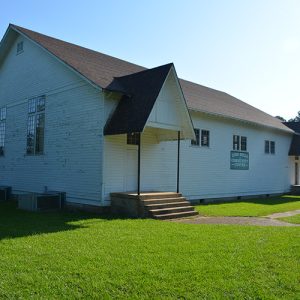 Lono Gymnasium
Lono Gymnasium
Entry Category: Historic Preservation
 Lono Gymnasium
Lono Gymnasium
Lonoke Confederate Monument
Lonoke County Courthouse
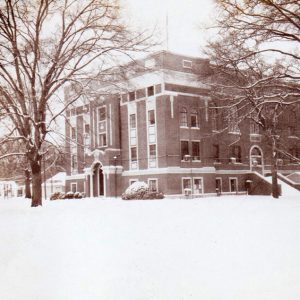 Lonoke County Courthouse
Lonoke County Courthouse
 Lonoke County Courthouse Repairs
Lonoke County Courthouse Repairs
Lonoke County Museum
Lonoke Rock Island Depot
Loughborough, Louise
aka: Louise Loughborough
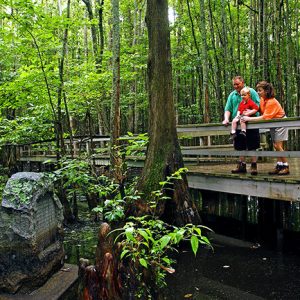 Louisiana Purchase Historic State Park
Louisiana Purchase Historic State Park
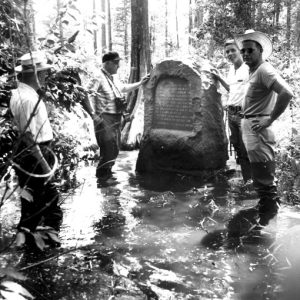 Louisiana Purchase Historic State Park
Louisiana Purchase Historic State Park
Louisiana Purchase State Park
Lower White River Museum State Park
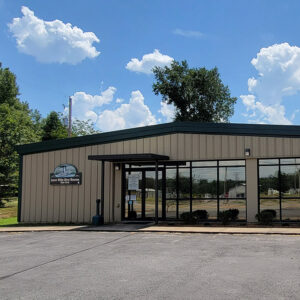 Lower White River Museum State Park
Lower White River Museum State Park
 Lower White River Museum State Park Display
Lower White River Museum State Park Display
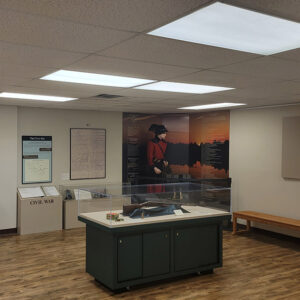 Lower White River Museum State Park Display
Lower White River Museum State Park Display
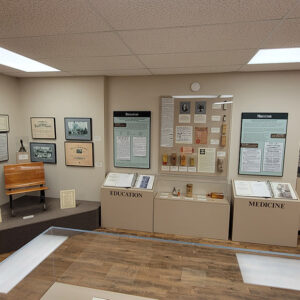 Lower White River Museum State Park Display
Lower White River Museum State Park Display
Loy Kirksey House
Lum and Abner Museum and Jot ‘Em Down Store
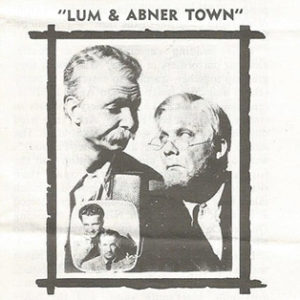 Lum and Abner Museum Brochure
Lum and Abner Museum Brochure
Lustron Houses
Lynwood Tourist Court Historic District
 Lyon House
Lyon House
MacArthur Museum of Arkansas Military History
MacArthur Park Historic District
Madison County Courthouse
Madison County Genealogical and Historical Society
 Magnolia Antebellum House
Magnolia Antebellum House
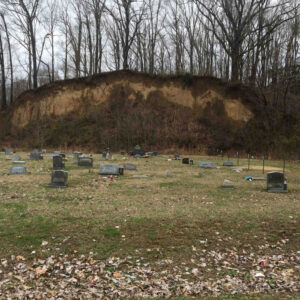 Magnolia Cemetery
Magnolia Cemetery
Magnolia Manor
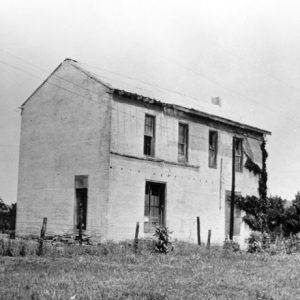 Maguiretown Store and Lodge
Maguiretown Store and Lodge
 Main School Building
Main School Building
Malco Theatre (Hot Springs)
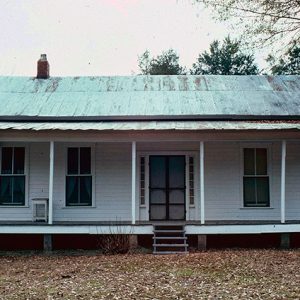 Mallett House
Mallett House
Malvern Commercial Historic District
 Malvern Commercial Historic District
Malvern Commercial Historic District
Malvern Rosenwald School
Malvern-Hot Spring County Library
Maness Schoolhouse
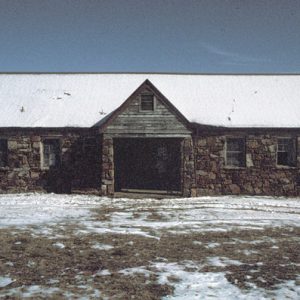 Maness Schoolhouse
Maness Schoolhouse
Manila Depot Museum and Main Street Historical Museum
 Manila Depot Museum and Main Street Historical Museum
Manila Depot Museum and Main Street Historical Museum
 Manila Depot Museum Interior
Manila Depot Museum Interior
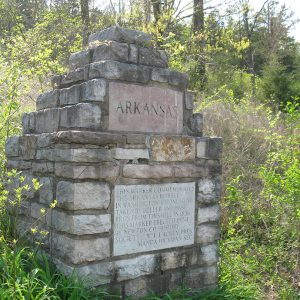 Marble Quarry Monument
Marble Quarry Monument
Marianna National Guard Armory
Marianna Waterworks
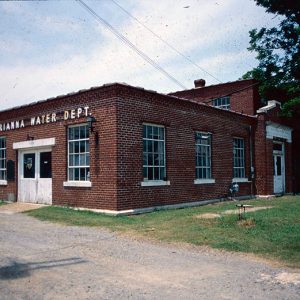 Marianna Waterworks
Marianna Waterworks
Marine Corps Legacy Museum
Marion County Courthouse
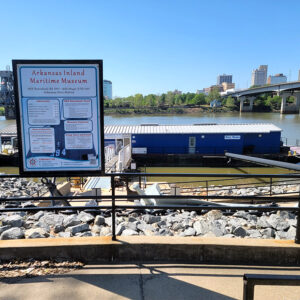 Maritime Museum Entrance
Maritime Museum Entrance
 Maritime Museum Gun
Maritime Museum Gun




